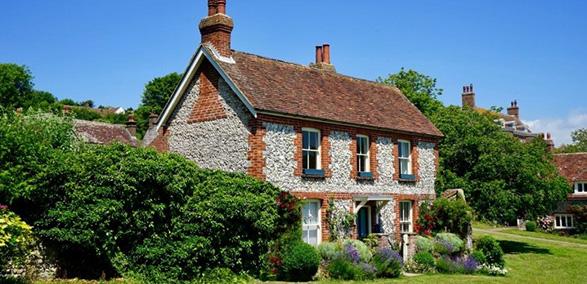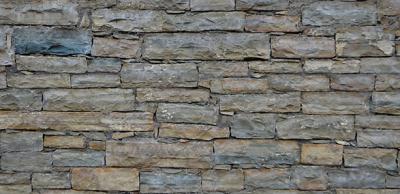“My Dad told me about this!”: Pebbledash render
Pebbledash render was primarily used to protect buildings from the elements.
The term is used to describe external rendering where smooth pebbles are thrown or "dashed" onto the topcoat of render before it dries so that they stick to it and provide a weathering surface.
Spar is a close relation which uses sharp flint chippings that tend to jam into and adhere to the render better, thus lasting longer. There are various forms of spar, some of which use ordinary stone, which may look a bit dull, and others where the chippings are chosen for their particular colour, such as ‘Derbyshire’, ‘Canterbury’ or ‘Dolomite’; other varieties include sharp-dash, sharpstone dash, thrown dash and pebble stucco.
A history of pebbledash
This exterior wall finish was popular in England and Wales during the 1920s, when housing was in greater demand and house builders were forced to cut costs wherever they could, so pebbledash was used to cover poor quality brick work and add to the weather protection.
It was also used to cover movement cracks in properties, most commonly caused through mining subsidence and so it became associated with poorer quality construction and even today can reduce the value of a property by up to 5%.
Traditional render was between 24 - 30mm thick, applied as two or even three coats made up of a surface scratched or bonding coat, undercoat and finish or top coat and included wire mesh stapled to the masonry below. Over time the render can debond from the masonry, either through water ingress or further movement of the building and frost action and water can force the pebbles from the finish.
Finding this interesting? Browse our "My told told me about them..." articles
Problems with pebbledash render
Hairline cracking and localised discolouration on the render surface are signs of debonding and there is also a hollow sound when tapped which only gets worse as water gets in behind the render and becomes trapped. Patching or repairing the render is difficult because the pattern can never be matched properly and even with a masonry paint finish the patched areas are noticeable, again adding to the unpopularity.
Despite this, rendering itself is becoming a common feature, with new housing developments offering a variety of finishes and colours. Rather than the heavy, labour intensive three coat system, this has again evolved into a single ‘monocouche’ lightweight flexible coat.
How to avoid problems
Care is still needed in the choice and specification, otherwise the same defects can occur if there is:
- a lack of movement allowance
- incorrect mixing
- inadequate thickness
- the wrong mix for the underlying surface
- an unsuitable system for the geographical location
The main issue is selecting the correct render for the application, and then ensuring the detailing is correct. Some render systems fail due to poor weatherproofing at tops of walls, or around the openings and the base of walls, so it’s important that the other systems in place are correctly installed, such as wall cappings, parapets, roof coverings and lead work.
Because the level of exposure, type of construction and expansion and contraction should be taken into account, and because rendering is increasingly becoming a specialist job, we advise you to thoroughly consider it at design stage and employ someone with experience to do it.
Interested in this?
Browse our "My dad told me about them..." articles
Please Note: Every care was taken to ensure the information was correct at the time of publication. Any written guidance provided does not replace the user’s professional judgement. It is the responsibility of the dutyholder or person carrying out the work to ensure compliance with relevant building regulations or applicable technical standards.
Sign up to the building bulletin newsletter
Over 48,000 construction professionals have already signed up for the LABC Building Bulletin.
Join them and receive useful tips, practical technical information and industry news by email once every 6 weeks.
Subscribe to the Building Bulletin




Comments
Rendering
Submitted 5 years 7 months ago
Add new comment